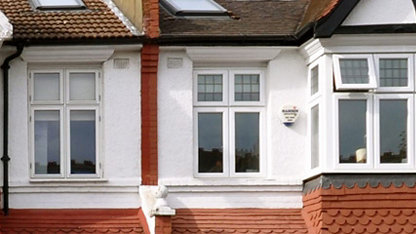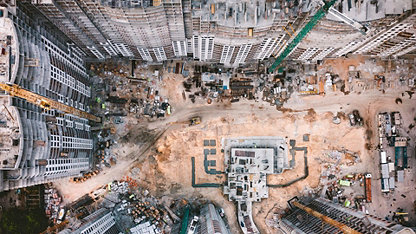Mass appraisal is the valuation of a group of properties using common data, standardised methods and statistical testing. Like single property appraisal, mass appraisal is rooted in the three traditional approaches to value: direct comparison, cost and income. The differences are the scope of work and the tools used to complete the analysis.
For municipal authorities that base taxes on the market value of property, mass appraisal is an efficient and cost-effective way to value all properties in a fair, transparent and consistent manner, because properties with the same attributes will receive the same value. By using mass assessment, it is possible to produce very accurate values that can be explained to property taxpayers.
Mass appraisal relies on good-quality data and sound market analysis to develop an automated valuation model (AVM) that estimates property values through mathematical modelling. Most major assessment jurisdictions in North America use AVMs to establish values for taxation purposes for both domestic and non-domestic property.
Harvest time
The mass appraisal process starts with the collection of property and market data. For residential AVMs, this data includes prices and the property inventory for homes that have been sold. AVMs for income-producing properties collect income and expense information – such as building renovations – in addition to sale prices.
The analyst then works with that data to understand the value influences and conditions for a given market area to identify what property characteristics influence value. For a residential AVM these will typically include a home's living area, plot dimensions, age and location. Based on this exploratory data analysis, the analyst then specifies the mathematical model to represent supply-and-demand factors in the market area, calibrating the model so that it allocates an appropriate value for each property characteristic.
Once the AVM is calibrated, it is tested to ensure that the model produces accurate, consistent and unbiased estimates of market value. In the public sector, the AVM is then applied to all properties within a given market area to estimate a value for taxation purposes.
In the private sector, the AVM may be used for mortgage lending purposes, fraud detection or to assist a single property appraiser as part of their analysis. Applications such as online real estate database Zillow use AVMs and machine learning so that users can type in an address and get an instant valuation.
It is important to remember that no AVM is perfect. Models based on good-quality data developed by experienced analysts using credible methods will produce sound value estimates more often than not. Cases in which the AVM may produce a less accurate picture include properties with unusual attributes, or market areas with limited data. Users of the technology must always apply their professional judgement when reviewing values produced by an AVM.
Mass appraisal will continue to evolve and improve as the quantity of available data increases and new analytical tools are developed. Better spatial data available through geographic information systems (GIS) will allow for AVMs to more accurately adjust values for locational influences. Cloud computing will enable local authorities to develop AVMs using advanced analytics and reduce the processing time needed to apply the model to all properties within their jurisdiction.
The potential exists to apply a series of AVMs that will create a series of values for any given property, which can be used to improve the quality of valuations beyond the traditional methods of measurement.
“Mass appraisal relies on good-quality data and sound market analysis to develop an automated valuation model (AVM) that estimates property values through mathematical modelling ”
Self appraisal
As technology evolves, so will the required skillset for mass appraisal analysts, who will need to develop skills in advanced analytics, geographic information systems and open-source coding in addition to their appraisal expertise.
Data science and analytics has had a transformational effect on many industries – think of the "moneyball" approach in baseball – but AVM technology isn't something that surveyors should be afraid of. It is often difficult for valuers to access information, and AVMs have the potential to place a much richer dataset at their fingertips. The ability to analyse 100 comparables, instead of six or seven, will lead to a more transparent valuation process and more reliable conclusions about value.
- Brian Guerin FRICS has more than 25 years' experience in valuation of real property, utilising mass appraisal for ad valorem taxation purposes in Canada
- This article originally appeared in the Start-Up issue of Modus (October 2019)

















